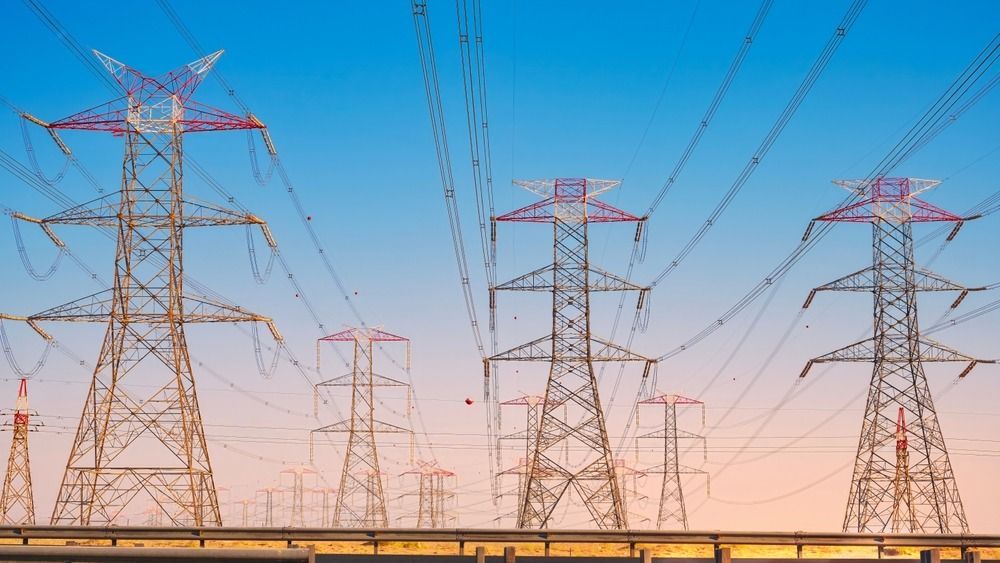The record-breaking installations of wind and solar power in recent years are not enough. While they already produce a huge amount of green energy, let alone the investments still on the drawing board, they are worthless without a major upgrade of the electricity grid, the International Energy Agency warns in its latest report.

You have to turn it on.
Come here
Countries are already developing their networks, but without accelerating investment in this direction, the world will not be ready to abandon fossil fuels.
The reason for this is that electricity grids do not adequately integrate wind and solar power generation. In total, up to 2,000 terawatt hours of production could be “wasted,” meaning that even if it were produced in vain, the electricity grid would not be able to handle that amount of energy without better networks, the IEA says.
In comparison, this
2,000 terawatt hours is roughly the same as last year's energy production by the world's two largest green energy producers, the United States and China.
The IEA report states directly:
Nothing else matters now as much as network development.
Restrictions may also remain.
If countries do not accelerate the development of networks, the current system will remain, which is based on so-called “curtailments”, that is, operators regularly shut down renewable energy producers because they fear overloading the grid. Naturally, green power plants cooperate, so they sometimes decide to stop production themselves.
According to the agency's calculations
With the more efficient system alone, CO2 emissions can be reduced by up to 20 percent,
Because fossil fuel energy producers should not enter this way.
Solar and wind power capacity has already increased significantly in recent years, as countries see it possible to increase security of supply and reduce emissions.
– Keisuke Sadamori, director of energy markets and security at the International Energy Agency, confirmed. But he also added that while the trend is favorable, the best possible results can only be achieved with the help of a more integrated energy system.






